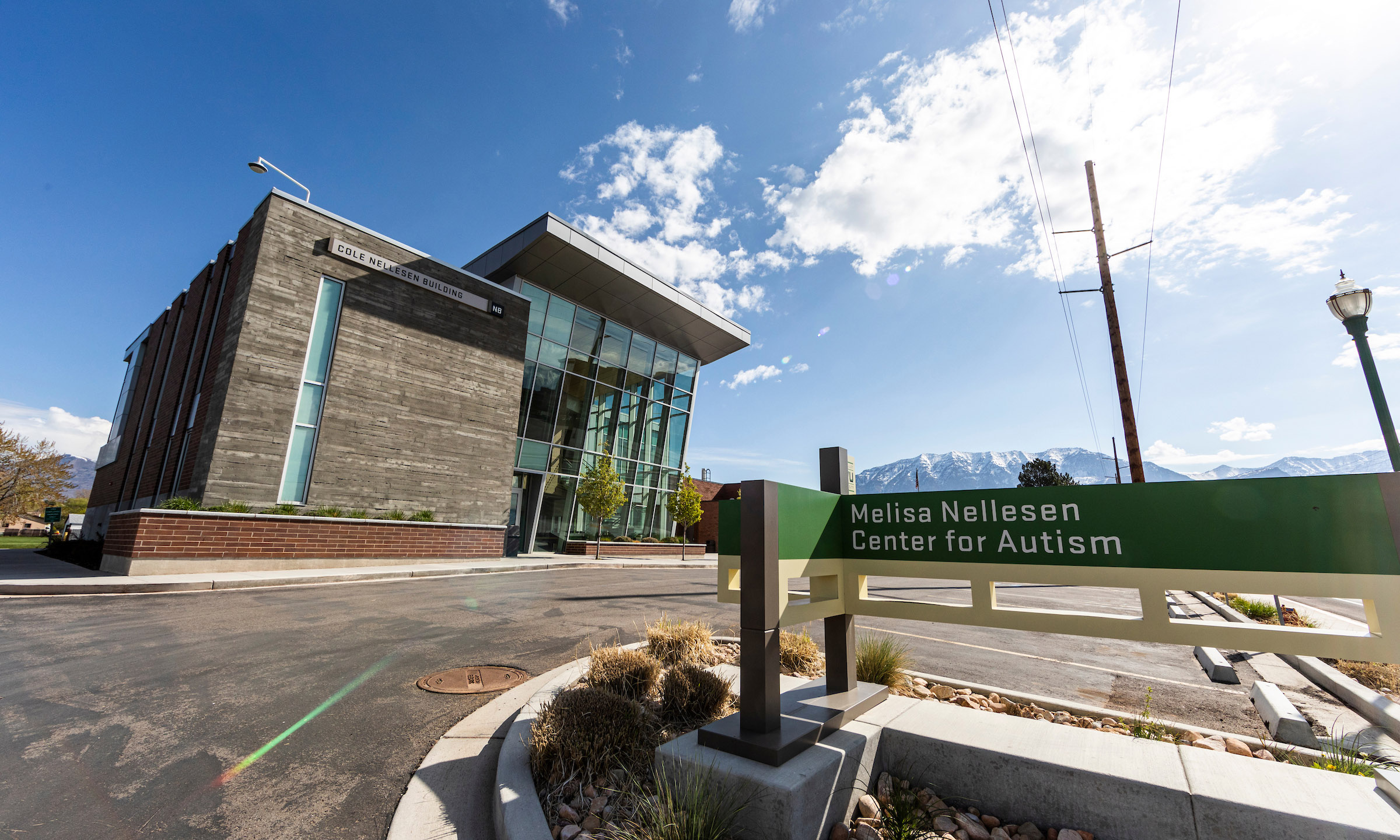As children with autism enter puberty, they become high risk for taking their own lives.

Charlie Garlick brought joy to all who knew him.
He loved playing in his adventure world, and he liked anything and everything relating to history and pizza. He entered the Garlick family as a foster child at age 4 and was adopted when he was 7. He was later diagnosed with autism.
His father Adrian, a West Valley City police detective, was on the job last December when he received a devastating call about his 12-year-old son.
Laurie Bowen, associate director of UVU’s Center for Autism, has worked with many young adults on the spectrum. She says it’s also important to recognize bullying as a factor and a warning sign.
“Just because you are diagnosed with autism doesn’t mean that you are more suicidal,” Bowen said. “But for individuals on the spectrum, particularly folks who are able to reflect on what’s going on with them socially, that can often make the differences that they’re experiencing and social interactions seem even more acute and problematic. Then there is more bullying, and it’s that bullying that creates more of the intensified feeling of isolation.”
Those feelings can lead to tragic consequences.
“I’ve heard it described from some of our students that they want the pain to end, and not just pain for them, but often they feel like they are a burden on their loved ones as well,” Bowen says.
The pain for the Garlick family is unending. Adrian is combating it with efforts to help other families. He’s creating awareness about suicide danger for those on the spectrum. His story was recently featured at the annual Autism Conference at Utah Valley University. A session was named in honor of his son Charlie and will be a permanently featured workshop.
“I am going to spread my message. I am going to talk to people. I hope it does help people to understand that it is very prominent out there,” Garlick said.
There’s one other message he wants everyone who has someone in their lives with autism to hear.
“Enjoy them. They’re precious. Reach out for support. There is a lot of support out there.”